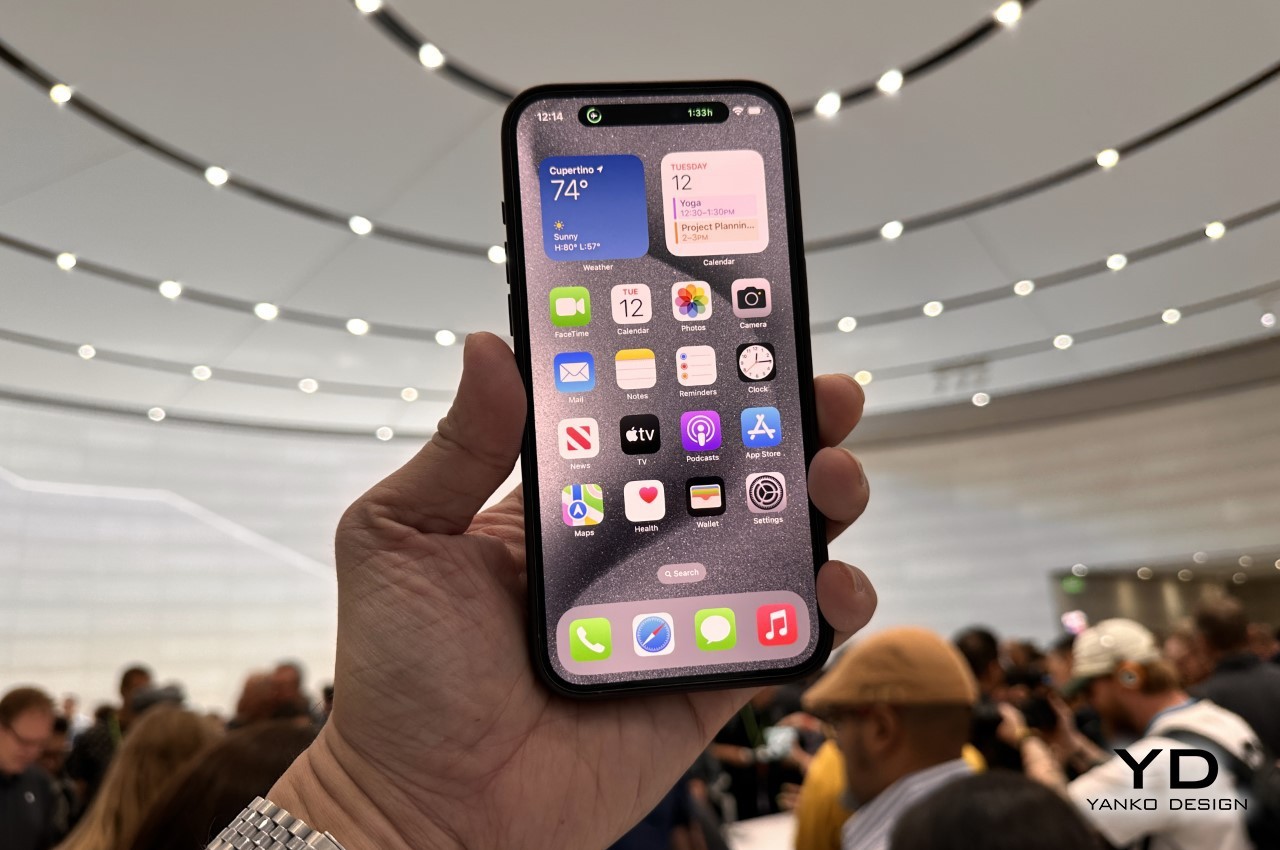
Ever since the iPhone X in 2017, Apple has stayed faithful to the notch despite numerous criticisms. Last year, however, it finally changed direction for the first time while still staying away from the dominant “punch-hole camera” design of most smartphones today. The Dynamic Island, which is unsurprisingly now being copied by other brands, presented a unique and interesting way to hide the presence of front sensors like the Face ID camera while still making that area usable and, well, dynamic. There are, however, whispers that Apple will soon go all-in on the prevalent design trend and will implement its first punch-hole design on the iPhone 16 Pro next year, though chances of that happening in 2025 might be a bit more realistic.
Designer: Apple (via Majin Bu)
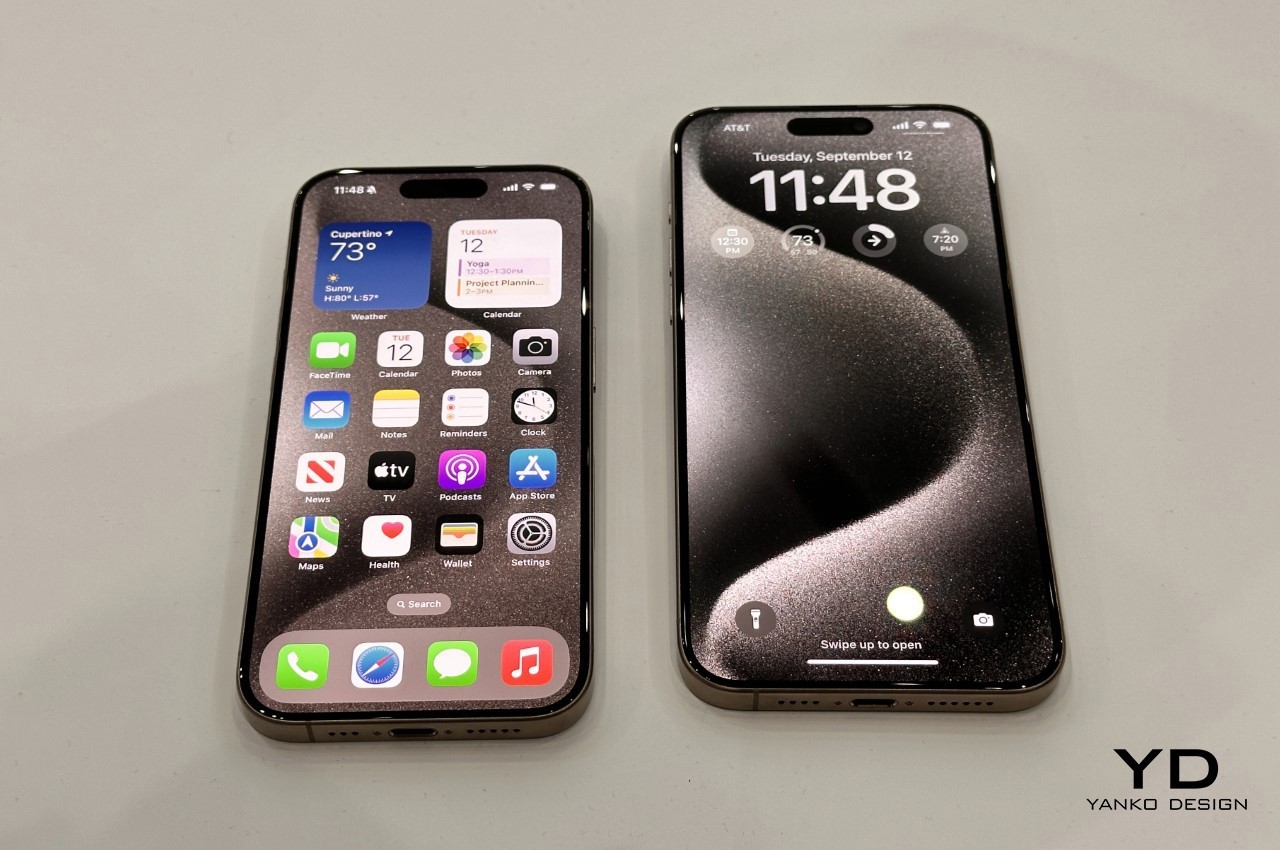
Although the smartphone industry seems to have settled on what is described as punch-hole or hole-punch cutouts, the debates have never really stopped on what is the better design. The old iPhone notch, in addition to being seen as stale, also took up too much precious screen real estate that could otherwise be used to display things. The smaller circle does minimize the footprint but still leaves a lot of room for improvement in terms of elegance and functionality. The Dynamic Island introduced last year is Apple’s creative and ingenious solution to combine the best of both worlds, but it seems that even design-conscious isn’t done changing things.
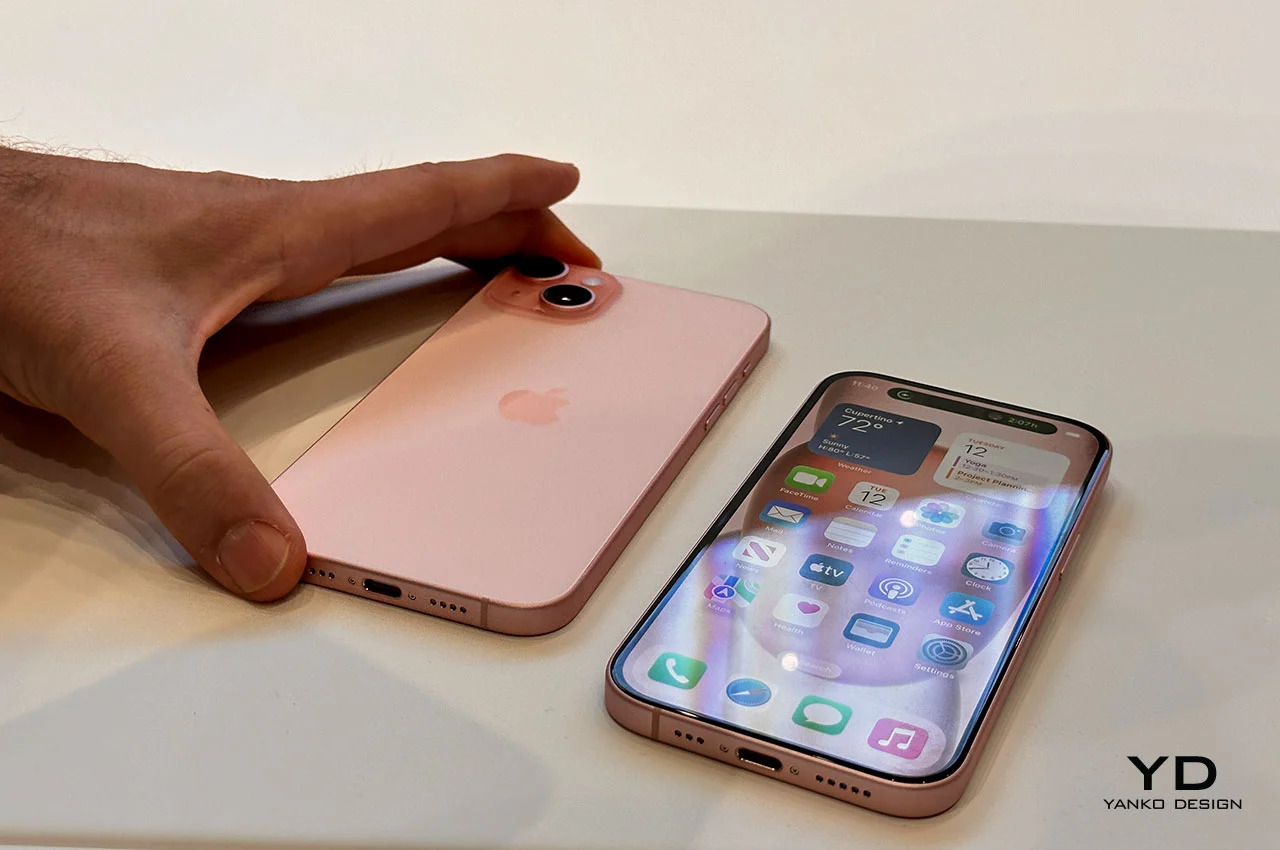
According to rumors, Apple is already testing a punch-hole design that could make its way as early as next year’s iPhone 16 Pro. The insider tip even shows a render with a rather large hole at the top of an iPhone’s display. The cutout is noticeably larger than most punch-holes on Android phones that have been trying to make that design less conspicuous. There’s a good reason for that, which is the same reason Apple couldn’t completely abandon the notch and why it created the Dynamic Island design. Face ID hardware is more than just a simple front-facing camera, and Apple will need to make room for those sensors in such a constrained space.
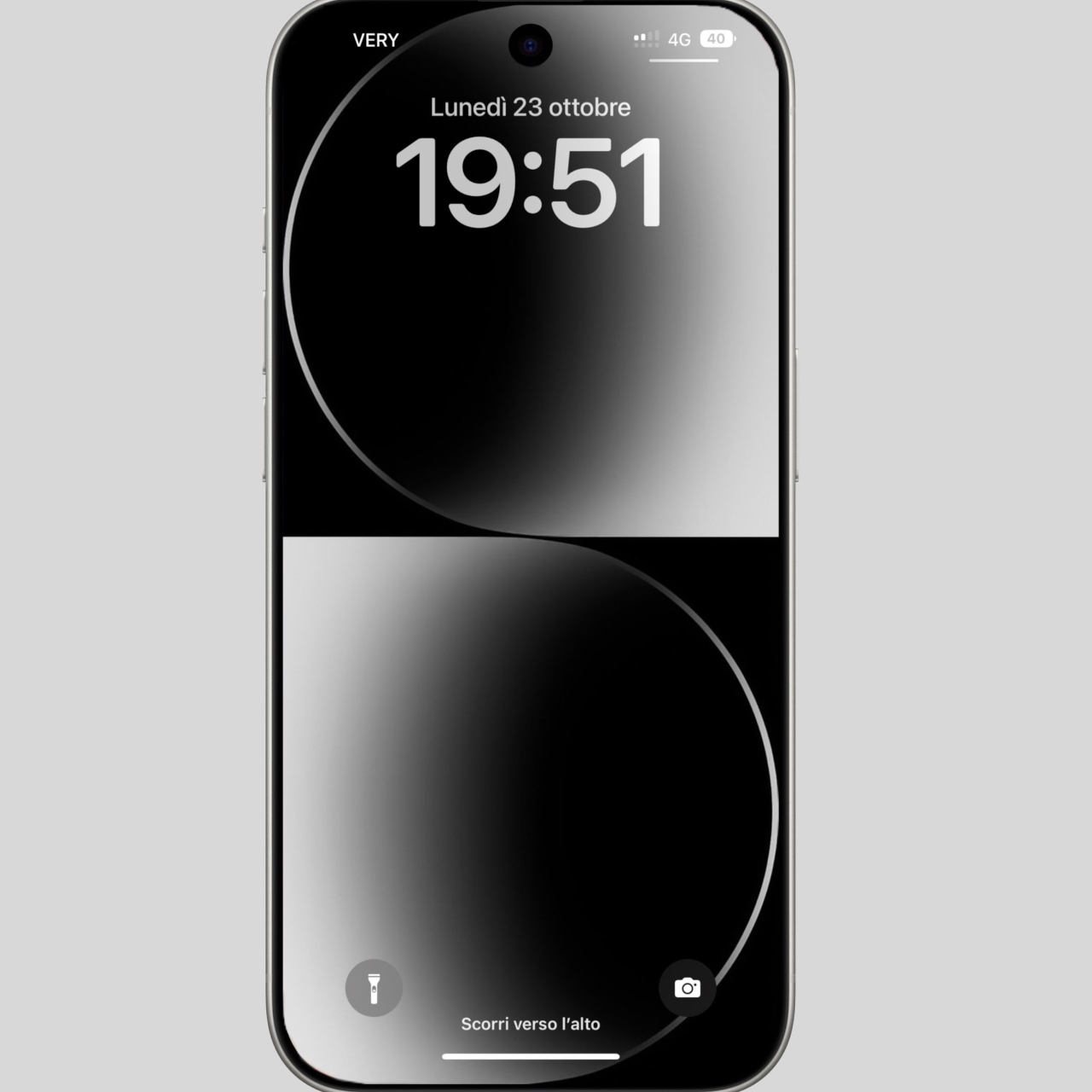

Even if Apple does change to a punch-hole camera design, expect it to be unlike what you see on Android phones so far. We could see a redesigned Dynamic Island implemented for this kind of cutout that takes advantage of the smaller space. Or we could see Apple completely revise iOS 18 to have a different interface now that there’s more room for icons and whatnot up there.
That said, even the tipster admits that there is a bigger chance that this design change will happen with the iPhone 17 series in 2025 instead. All that depends on what the company decides in March next year when it finally decides on the iPhone 16 design. Truth be told, there is very little reason for Apple to make another change so soon, with Dynamic Island still in its infancy. After all, Apple isn’t one to simply jump on trends, so it might be a while before we see it changing its direction again.
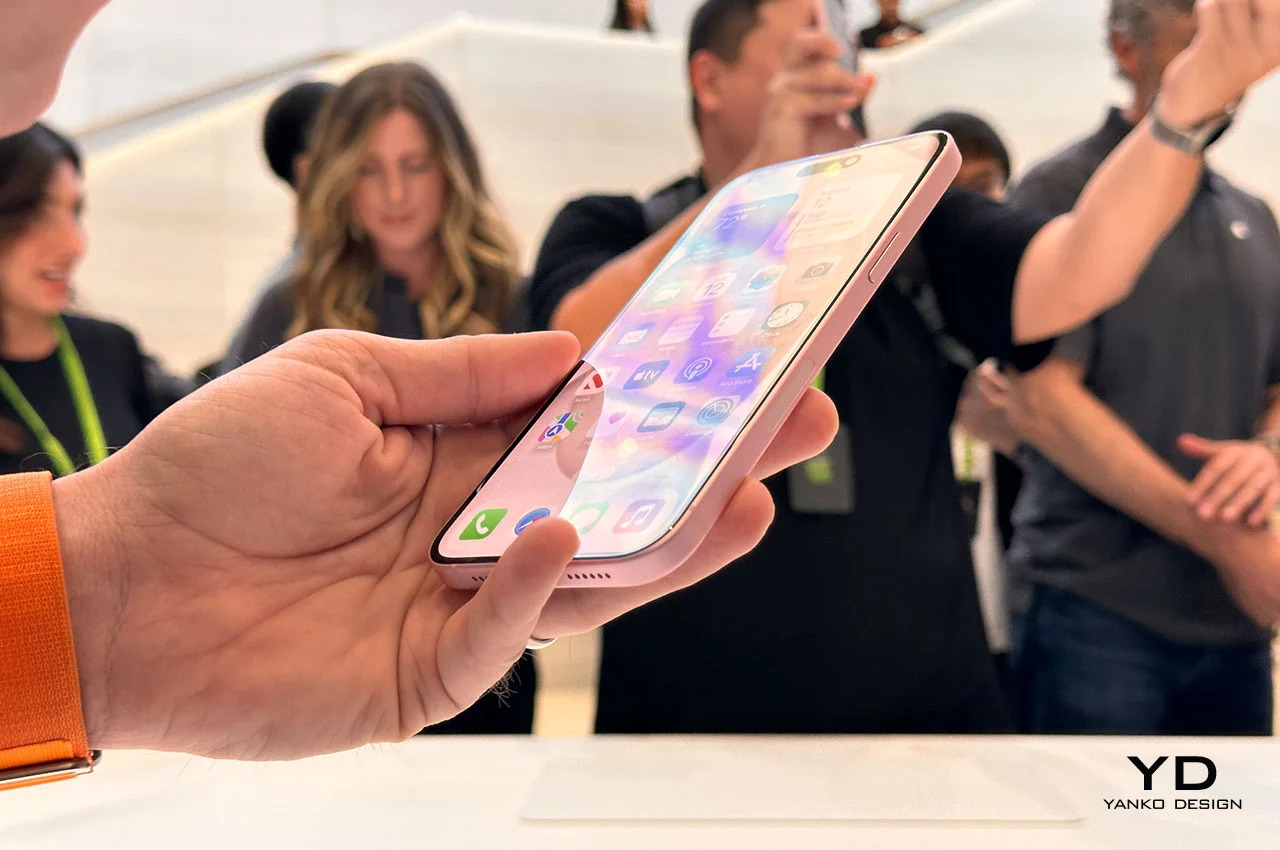
The post iPhone 16 Pro punch-hole camera cutout is still possible but 2025 is more likely first appeared on Yanko Design.